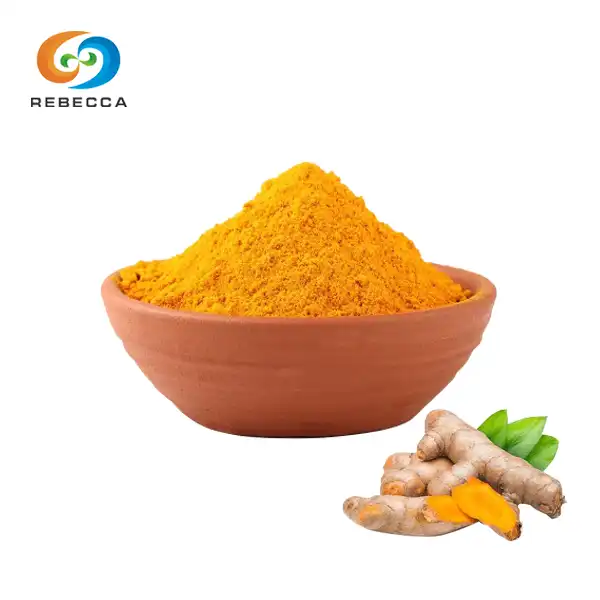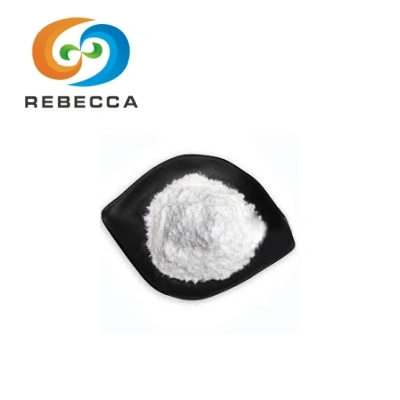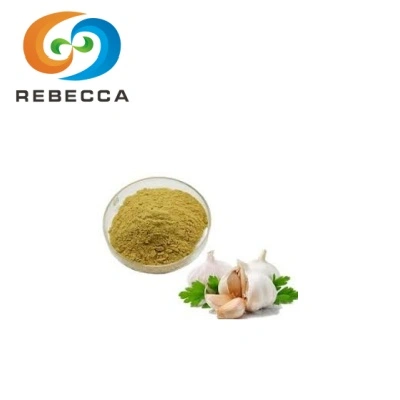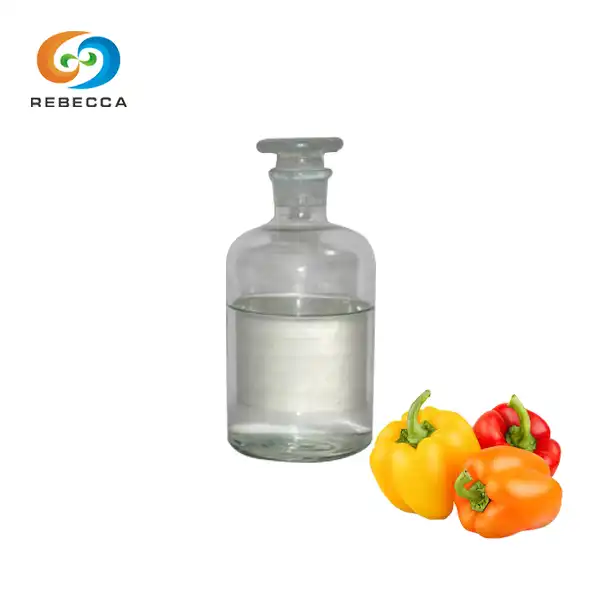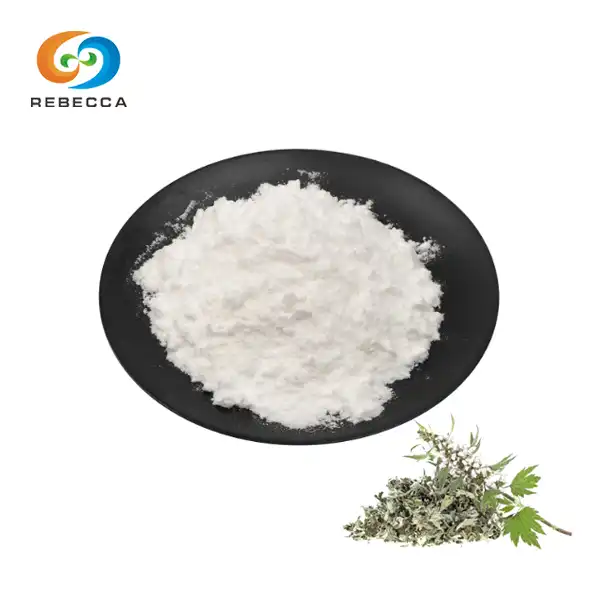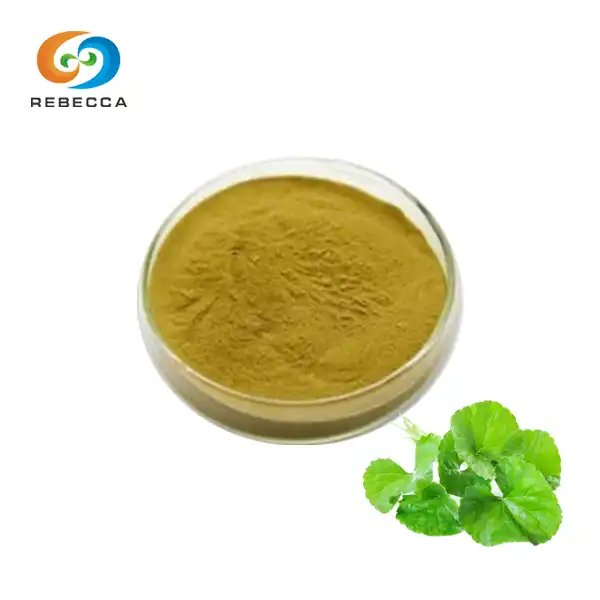How do cooling agents work for skin?
Cooling agents for skin have revolutionized the skincare industry, offering a refreshing and soothing experience for various skin concerns. These innovative ingredients work by activating specific receptors in our skin, creating a pleasant cooling sensation without actually lowering the skin's temperature. From menthol to synthetic compounds, cooling agents have found their way into numerous skincare products, addressing issues like inflammation, sunburn, and even helping with anti-aging efforts. Understanding the science behind these ingredients can help you make informed decisions about incorporating them into your skincare routine.
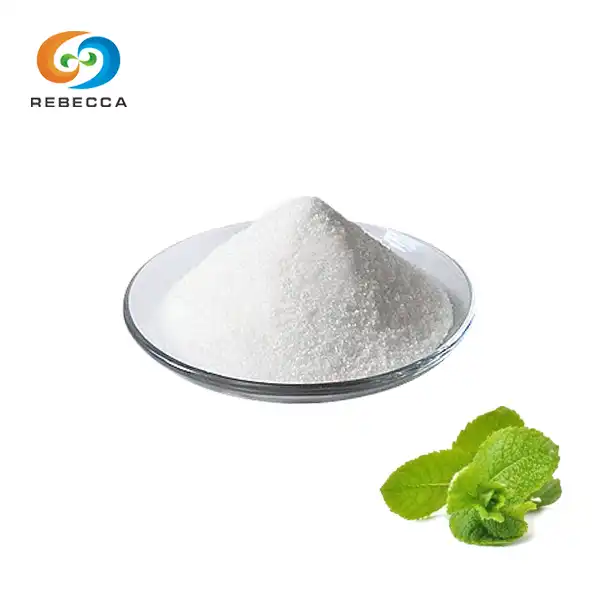
【English name】: WS-23 Cooling Agent
【CAS No.】: 51115-67-4
【Molecular Formula】: C10H21NO
【Active ingredients】: 99%
【Specification】: WS-23, WS-3, WS-5, WS-12.
【Appearance】: White Crystalline Powder
【Test Method】: HPLC
【Certification】:MSDS、CE、ISO、COA
Cooling Agents Interact with Skin Receptors
TRPM8 Receptors: The Key to Cooling Sensations
At the heart of the cooling sensation we experience when using skincare products with cooling agents lies a biological mechanism. This process centers around specific proteins in our skin called TRPM8 receptors. These receptors, also known as "cold-sensing receptors," play a crucial role in how we perceive temperature changes on our skin.
When a cooling agent comes into contact with the skin, it binds to these TRPM8 receptors. This interaction triggers a response in the sensory neurons connected to these receptors, sending signals to the brain that are interpreted as a cooling sensation. It's important to note that this feeling of coolness is a sensory illusion – the skin's actual temperature doesn't change significantly.
Menthol vs. Synthetic Cooling Agents: Effectiveness Compared
While menthol has long been the go-to cooling agent in skincare, recent years have seen the development of various synthetic alternatives. Menthol, derived from peppermint oil, is known for its strong cooling effect and distinct scent. It's highly effective at activating TRPM8 receptors, providing immediate and noticeable cooling relief.
On the other hand, synthetic cooling agents like WS-3 (Ethyl 3-[p-menthane-3-carboxamide) and WS-23 (2-Isopropyl-N,2,3-trimethylbutyramide) offer cooling effects without the characteristic minty scent of menthol. These compounds can be beneficial in formulations where a neutral scent is preferred. Some synthetic agents also provide a more prolonged cooling effect compared to menthol.
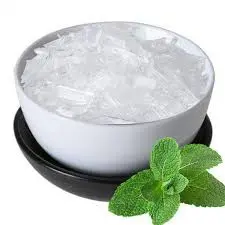
Duration and Intensity of Cooling Effects on Skin
The duration and intensity of cooling effects can vary significantly depending on the specific agent used and its concentration in a product. Menthol typically provides an immediate, intense cooling sensation that can last for 20-30 minutes. Synthetic cooling agents often offer a more gradual onset but can provide a longer-lasting effect, sometimes up to several hours.
Factors such as skin type, environmental conditions, and the presence of other ingredients in a formulation can also influence the perceived intensity and duration of the cooling effect. For instance, combining cooling agents with humectants like glycerin can enhance the cooling sensation by increasing skin hydration.
Cooling Agents: Myths vs. Scientific Facts
Do Cooling Agents Lower Skin Temperature?
One common misconception about cooling agents is that they physically lower the skin's temperature. In reality, these compounds create a sensation of coolness without significantly altering the skin's actual temperature. This sensory illusion occurs due to the activation of cold-sensitive nerve endings in the skin, primarily through the TRPM8 receptors.
Scientific studies have shown that while there might be a very slight, temporary decrease in skin surface temperature when applying products containing cooling agents, this change is minimal and not the primary mechanism of the cooling effect. The perceived coolness is largely a neurological response rather than a physical cooling of the skin tissue.

Addressing Safety Concerns of Topical Cooling Ingredients
As with any skincare ingredient, safety is a paramount concern when it comes to cooling agents. Menthol and many synthetic cooling compounds have been extensively studied and are generally considered safe for topical use when applied in appropriate concentrations. However, it's crucial to note that individual reactions can vary.
Some people may experience skin irritation or allergic reactions to certain cooling agents, particularly if used in high concentrations or on sensitive skin areas. It's always advisable to perform a patch test before using a new product containing it. Additionally, pregnant women and individuals with certain skin conditions should consult with a healthcare professional before using products with potent cooling ingredients.
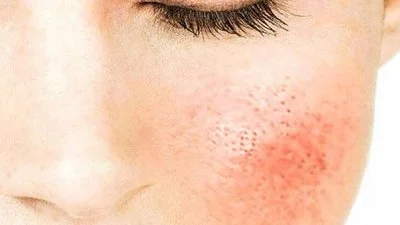
Can Cooling Agents Enhance Skincare Product Absorption?
There's ongoing debate in the scientific community about whether cooling agents can enhance the absorption of other skincare ingredients. Some studies suggest that the vasodilation (widening of blood vessels) caused by cooling agents might theoretically increase skin permeability, potentially enhancing the absorption of other active ingredients.
However, this effect is not universally observed and can depend on various factors, including the specific formulation and the other ingredients present. While cooling agents may not directly boost product absorption, they can increase user compliance by making the application experience more pleasant, potentially leading to more consistent use of skincare products.

Future of Cooling Agents: Emerging Research Trends
Plant-Based Cooling Agents: Nature's Answer to Menthol
As the demand for natural skincare solutions grows, researchers are exploring plant-based alternatives to traditional cooling agents. Beyond the well-known menthol, scientists are investigating compounds from various botanical sources that can provide cooling sensations without synthetic intervention. For instance, extracts from herbs like peppermint and spearmint are being studied for their cooling properties, offering potential alternatives for those seeking natural skincare options.
Another exciting area of research involves compounds found in certain fruits and vegetables. For example, some studies are looking into the cooling potential of cucumber extracts, which have long been associated with a refreshing feel in skincare. These plant-based cooling agents not only offer the benefit of being natural but also often come with additional skincare benefits such as antioxidant properties.
Combining Cooling Agents with Anti-Aging Ingredients
An emerging trend in skincare research is the combination of cooling agents with anti-aging ingredients. This synergy aims to create multifunctional products that not only provide immediate sensory benefits but also address long-term skin health concerns. For example, researchers are exploring how cooling agents might be paired with ingredients like retinol or peptides to enhance their anti-aging effects.
The cooling sensation may help to mitigate some of the initial irritation often associated with potent anti-aging ingredients, potentially improving user compliance. Moreover, the vasodilation effect of some cooling agents might theoretically enhance the penetration and efficacy of anti-aging compounds, though more research is needed to confirm this hypothesis.
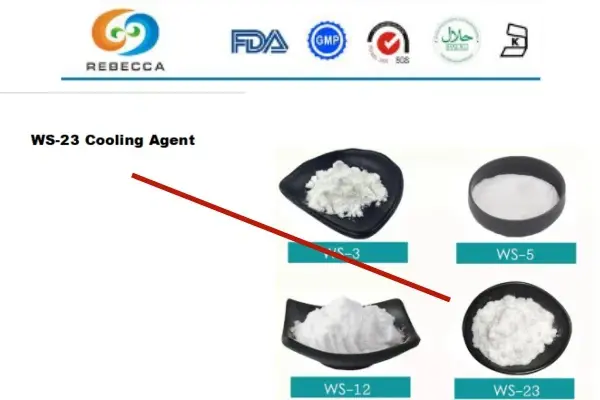
Where to Buy Cooling Skincare Products?
Shaanxi Rebeccia stands at the forefront of cooling agent technology for skincare. Our state-of-the-art production facilities are equipped with cutting-edge extraction, separation, and purification equipment, all operating under strict GMP and ISO standards. We prioritize quality at every stage, from sourcing raw materials to delivering the final product. This rigorous approach ensures the safety and efficacy of our cooling agents for skin. For those interested in incorporating these innovative ingredients into their product lines, we invite you to contact us at information@sxrebecca.com. Our team is ready to assist you in finding the perfect cooling agent solution for your skincare formulations.
References
- Peier, A. M., et al. (2002). A TRP channel that senses cold stimuli and menthol. Cell, 108(5), 705-715.
- Macpherson, L. J., et al. (2006). More than cool: Promiscuous relationships of menthol and other sensory compounds. Molecular and Cellular Neuroscience, 32(4), 335-343.
- Patel, T., et al. (2007). Menthol: A refreshing look at this ancient compound. Journal of the American Academy of Dermatology, 57(5), 873-878.
- Wilkinson, S. M., & Beck, M. H. (1994). Allergic contact dermatitis from menthol in peppermint. Contact Dermatitis, 30(1), 42-43.
- Yosipovitch, G., et al. (1996). The effect of topically applied menthol on thermal, pain and itch sensations and biophysical properties of the skin. Archives of Dermatological Research, 288(5), 245-248.
